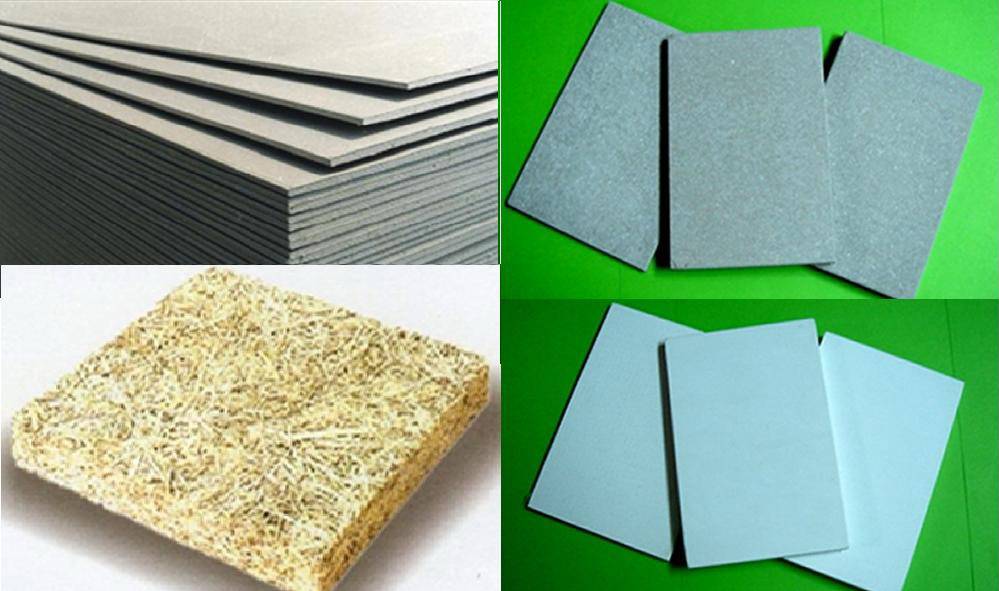What is the Role of Silicon in Architecture and Construction?
Silicon is an essential material in the construction of physical structures and renovation of commercial and residential buildings. It has many uses in architecture and the building sector. People prefer the fabric because it has high resistance to such external conditions as extreme heat and environmental stress. The roles that silicon plays in architecture and construction include increasing the lifespan of building materials and creating connection and expansion joints.
The first role of silicon is that it helps to protect building fabrics from unusual weather-related events, such as heavy rainfall and high temperatures, thereby increasing the durability and longevity of structures. The material has coatings that give it water resistance properties and the ability to resist external factors. As a consequence, it is used to design waterproof building exteriors, helping the trapped moisture to escape (Vethandamoorthy, Mandawala, and Bandara, 2019). The chemical compound has thus served as a long-term protective layer by enabling roofs and walls to withstand chemicals and such environmental conditions as extreme heat, heavy precipitation, and ultraviolet light.
Additionally, silicon has been utilized in building exteriors and connection, movement, and expansion joints to overcome stress and protect building façades. Using silicone sealants in such meeting points ensures that building materials are firmly fixed and able to absorb forces exerted by live loads (American Chemistry Council, n.d.). Besides, people apply the fabric to produce innovative architectural feats, which maintain the quality and appearance of a structure by protecting it from severe environmental conditions.
Builders and architects use silicon to design and develop physical structures because it possesses excellent resistance against many elements. They use the material to protect fabrics from weather-related conditions and chemicals, thereby increasing the longevity of buildings. The chemical compound is also applied in joints to reduce stress and affix roofs and walls.Therefore, the synthetic fiber makes structures perform better and last for a long time.
References
American Chemistry Council (n.d.). Silicones in building and construction. Building With Chemistry. Retrieved from https://buildingwithchemistry.org/chemistry-in-bc/silicones-in-building-and-construction/
Vethandamoorthy, D., Mandawala, E. and Bandara, W. (2019). Development of silicone based water-resistant, chemical resistant, moisture absorbent and non-ignitable fabric. International Journal of Scientific and Engineering Research 10 (5), 346-363. Retrieved
from https://www.researchgate.net/publication/333263311_Development_of_Silicone_Based_Water-Resistant_Chemical_Resistant_Moisture_Absorbent_and_Non_-Ignitable_Fabric
Tags:






